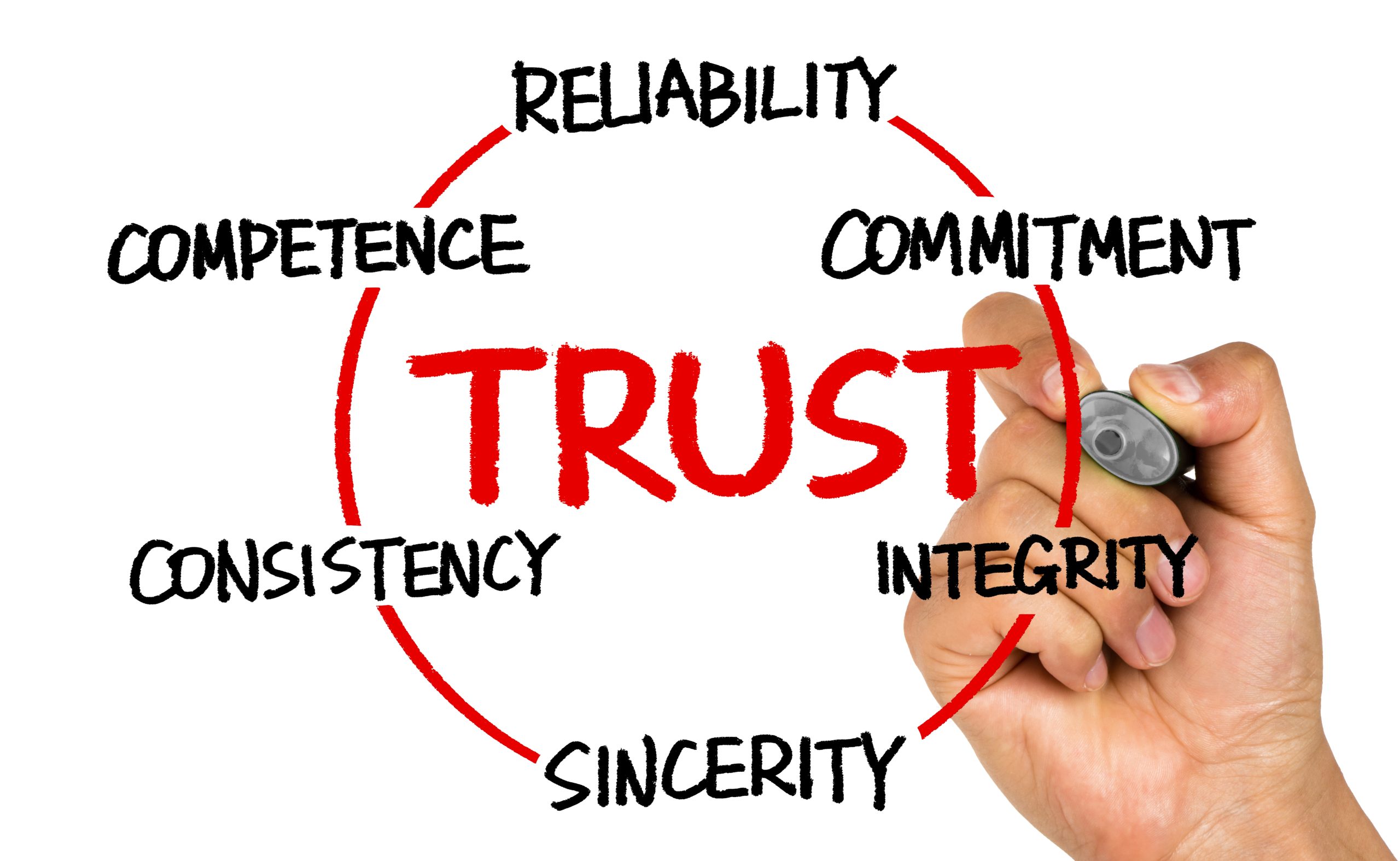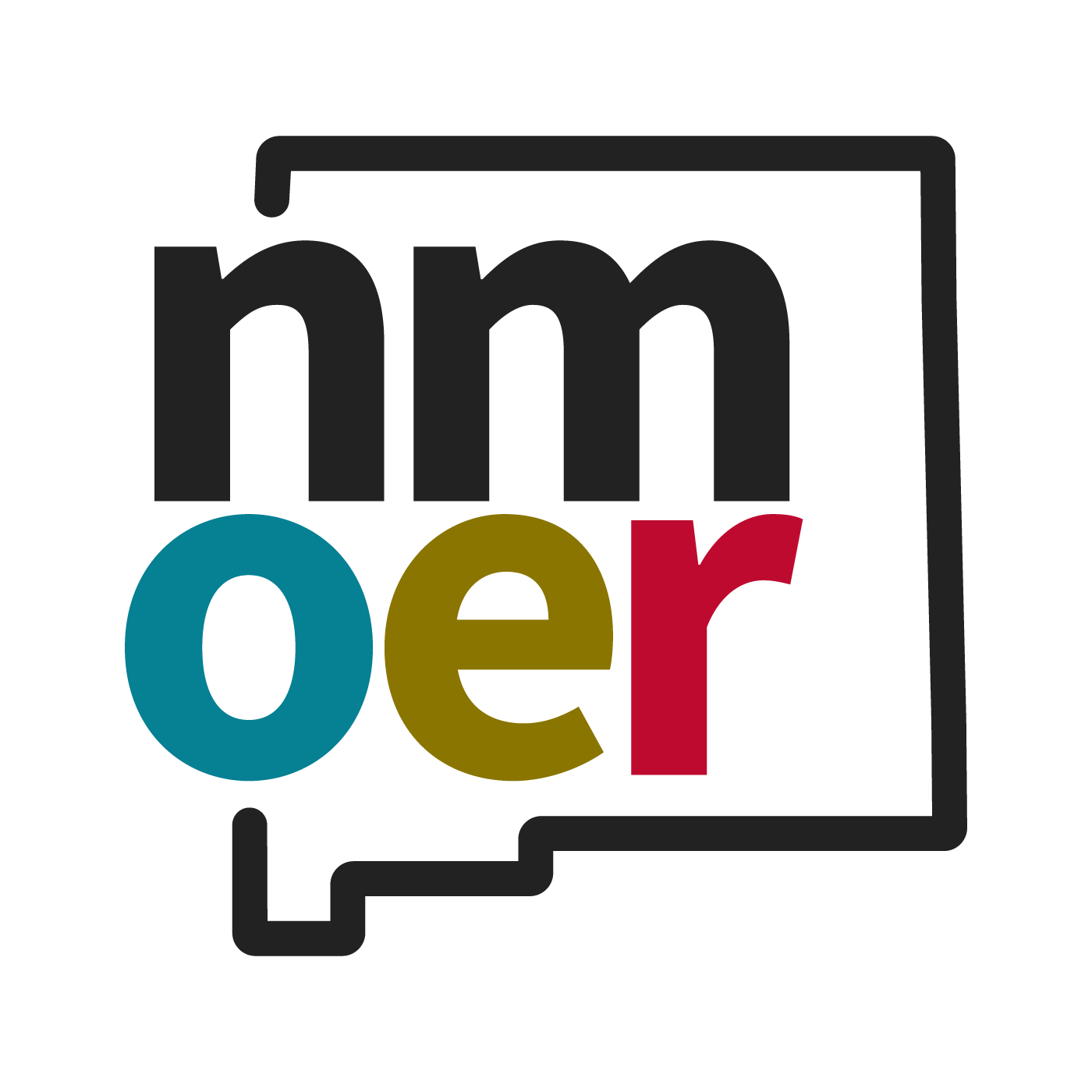Chapter 10: Conducting Yourself Gracefully at Work
Chapter Learning Objectives
- 10.1 Explain the importance of professionalism, courtesy, and emotional control in maintaining a respectful and productive workplace. (SLO 1, 2)
- 10.2 Apply strategies for handling workplace challenges-such as criticism, conflict, or stress-with grace and professionalism. (SLO 1, 2, 4)
- 10.3 Evaluate different approaches to managing difficult situations at work and determine which responses best reflect professionalism and emotional intelligence. (SLO 1, 2, 4)

Graceful behavior in the workplace involves a careful balance of professionalism, authenticity, discretion, and tact. It means navigating daily interactions, challenges, and conflicts with poise while staying true to your values and building trust with colleagues.
Graceful conduct not only enhances individual reputations but also contributes to a positive and collaborative work environment. This chapter delves into the art of balancing professionalism with authenticity, avoiding workplace gossip while maintaining confidentiality, and managing challenging personalities and conflicts with composure and effectiveness.
Balancing Professionalism with Authenticity
Professionalism and authenticity are often perceived as opposites, but they can coexist harmoniously. Maintaining professionalism ensures you uphold workplace standards, while authenticity fosters trust and genuine connections.
Click on each heading below to read more:
Be genuine
Authenticity doesn’t mean oversharing or being overly casual. It involves being honest, approachable, and true to your values while respecting workplace norms. For example, sharing your perspective in meetings while remaining respectful of differing opinions demonstrates both authenticity and professionalism.
Adapt to context
Recognize the difference between formal and informal settings. While casual banter might be appropriate during team-building activities, formal language and demeanor are essential in client meetings or high-stakes presentations.
Express empathy
Show genuine concern for your colleagues’ well-being. For instance, asking a colleague if they need help with a deadline reflects both authenticity and a professional commitment to teamwork.
Watch this video “Authenticity in the Workplace” from TEDxMSU about how being an “expert” in Disney movies can be used as an example of being authentically you in the workplace:
Demonstrating Emotional Intelligence
Authenticity doesn’t mean reacting impulsively. Practice emotional intelligence by managing your emotions and responding thoughtfully, especially in stressful situations. Understand how your behavior impacts others. For example, maintaining a positive attitude during challenging times can inspire and motivate your team. Authenticity fosters trust when combined with reliability and integrity. Follow through on commitments and be transparent about limitations or concerns.

Avoiding Workplace Gossip and Maintaining Confidentiality
Workplace gossip can erode trust, damage reputations, and create a toxic environment. Maintaining confidentiality and avoiding unnecessary chatter are essential for fostering a respectful and professional workplace.
Gossip erodes trust. It undermines relationships by spreading misinformation or exposing private matters, creating divisions among colleagues. Participating in gossip reflects poorly on your character and professionalism, potentially harming your career trajectory. A culture of gossip fosters resentment and disengagement, reducing overall workplace morale.
You will have to be intentional about avoiding and minimizing gossip in your workplace. Try redirecting conversations when you start to notice gossip starting. If someone initiates gossip, steer the conversation to a neutral or positive topic. For instance, if a colleague begins criticizing another, respond with, “I haven’t noticed that, but I’m sure they’re doing their best.” If you cannot redirect the conversation and others continue to gossip, politely, but firmly decline to engage in gossip. You might say, “I’d rather not discuss this; let’s focus on the project at hand.”
When discussing work-related matters, sticking to objective facts and avoiding personal commentary about colleagues is the safest course of action to avoid being part of the gossip.
Maintaining Confidentiality
Sometimes your job will require you to handle sensitive information with care. For example, if you’re privy to confidential updates about company changes, avoid discussing them with unauthorized individuals. If your role is to protect confidential documents or communications, ensure you take the steps necessary to store them in secure locations or use password protection for digital files. Before disclosing any information, ask yourself if it’s relevant, appropriate, and necessary to the person you are speaking to and the context in which you are talking about. If in doubt, seek guidance from a manager or HR.
Managing Challenging Personalities and Conflicts
Workplaces are diverse, and navigating different personalities is an inevitable part of professional life. Managing conflicts or difficult colleagues with grace requires tact, patience, and a solutions-oriented mindset. There are several common personality types that you might experience from different co-workers, bosses, customers, etc. Understanding the personality and characteristics can help you communicate and respond in a way in which they will best respond.
Click on each of the personality types below to learn more:
The Dominator
Some individuals may try to control conversations or decisions. Address them by acknowledging their input and redirecting focus to collaborative efforts. For example, “That’s a great idea, and I’d love to hear what others think as well.”
The Pessimist
Negative individuals can drain morale. Counteract negativity by emphasizing positive outcomes or framing challenges as opportunities. For example, consider saying: “I understand your concerns—it is a challenging project. We’ve handled tough situations before. Let’s break it down and see where we can make adjustments.”
The Passive-Aggressive Colleague
Subtle resistance or veiled criticism can create tension. Address this behavior directly but calmly, such as, “I noticed you seemed concerned about the project timeline. Let’s discuss how we can address any issues.”
Strategies for Resolving Conflicts
In a perfect world, conflicts wouldn’t happen, but they do. Being prepared to approach conflicts with a focus on facts rather than emotions can help deescalate others’ emotions. For example, instead of saying, “You’re always late,” try, “I’ve noticed delays in meeting start times; how can we ensure punctuality going forward?”
Apply active listening techniques when in conflict to allow all parties to express their perspectives without interruption. Paraphrase their points to confirm understanding and show respect for their views. Sometimes it can help to identify shared goals or interests to redirect focus from disagreements to solutions. For instance, “We both want the client presentation to succeed. How can we align our approaches?”
Keep the discussion focused on issues, not individuals. Use “I” statements, such as, “I feel concerned about our timeline,” rather than accusatory language like, “You’re not doing your part.” It might also help to frame conflicts as opportunities for improvement. For example, “Let’s brainstorm ways to streamline our process for next time.”
- If emotions run high, suggest pausing the discussion to revisit it with a clearer perspective. For instance, “This is an important topic. Let’s take a break and reconvene this afternoon.” If conflict persist, it may be necessary or helpful to involve a neutral third party, such as a manager or HR representative, or a trained negotiator to facilitate a resolution. There is no harm in asking for help when both parties feel they can’t or won’t find a mutual resolution to the conflict.

Practical Scenarios of Graceful Conduct Scenarios
Scenario 1. Navigating authenticity during a team meeting: You voice a concern about a project timeline, saying, “I want to ensure we meet our deadline, but I’m worried about resource constraints. Could we discuss how to address this proactively?” This approach balances honesty with professionalism and encourages collaboration.
Scenario 2. Avoiding gossip: A colleague complains about another team member’s performance. You respond, “I think we should focus on how we can support the team. Let’s discuss ways to help improve our workflow.” By redirecting the conversation, you discourage gossip and maintain a positive focus.
Scenario 3. Managing conflict: A disagreement arises over resource allocation. You listen to your colleague’s concerns, paraphrase their perspective, and propose a solution: “I understand your department needs additional support. Let’s work together to identify priorities and adjust the plan accordingly.”
Conclusion
Conducting yourself gracefully at work involves balancing authenticity with professionalism, maintaining discretion and confidentiality, and managing conflicts with poise. These skills not only enhance your relationships with colleagues but also contribute to a positive, respectful workplace culture. By applying the strategies outlined in this chapter, you can navigate workplace challenges with confidence, earn the trust and respect of your peers, and foster a harmonious and productive environment.
How to cite this chapter:
Hamby, C., McNack, L. and Wooldridge, T. (2025). Chapter 10: Conducting Yourself Gracefully at Work. In Pouska, B. (Ed.), Business Professionalism. New Mexico Open Educational Resources Consortium Pressbooks. https://nmoer.pressbooks.pub/businessprofessionalism/
Licenses and Attributions
External Resource
TEDx Talks. (2017). Authenticity in the workplace | Courtney Bryant | TEDxMSU [Video].
Original chapter source: Adapted from Navigating the Professional World: A Guide to Business Etiquette by Courtney Hamby, Leshay McNack, and Tena Wooldridge.

